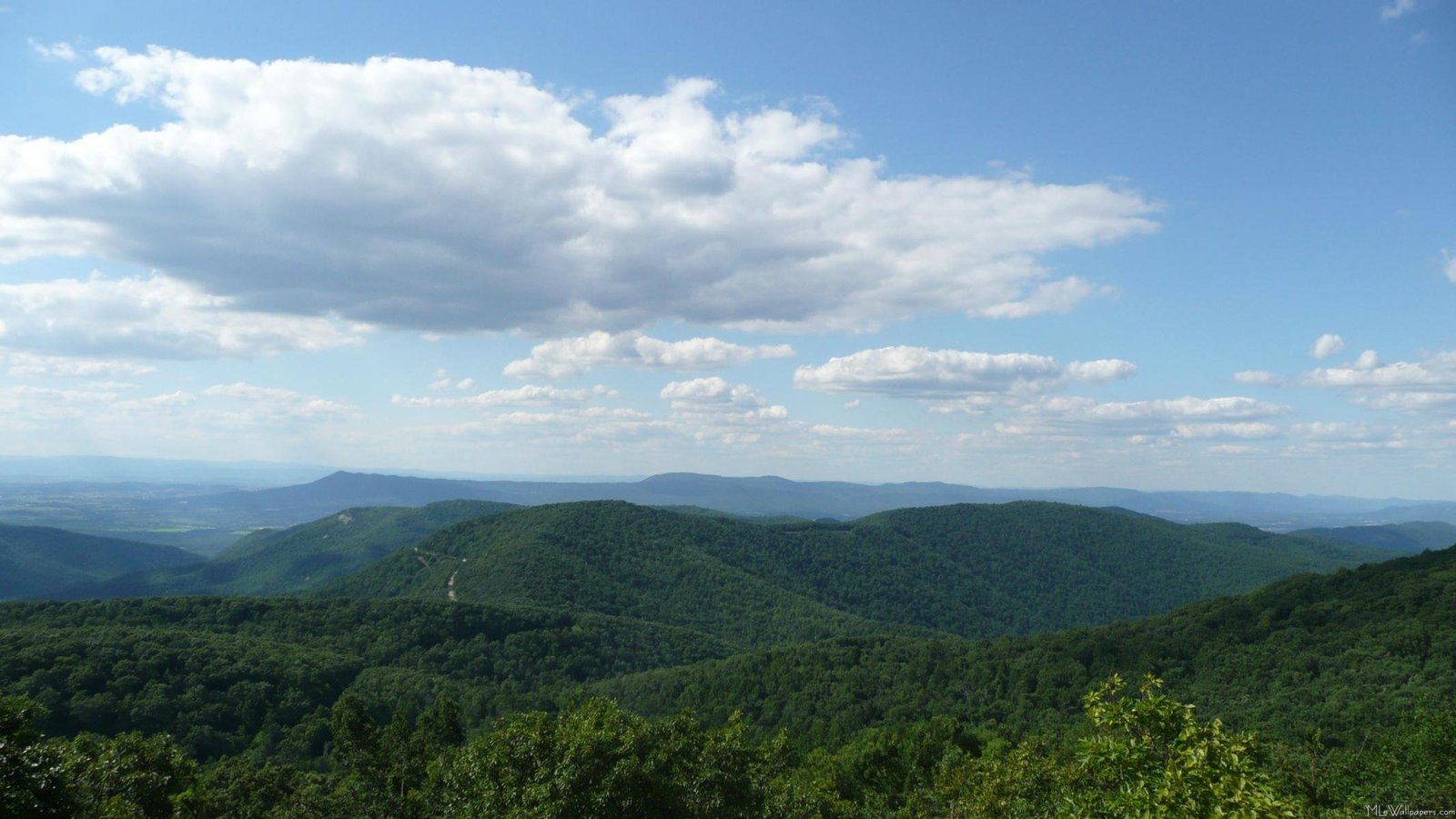Hiking the Appalachian Trail requires careful planning and understanding of camping regulations. Not all areas along the 2,190-mile trail allow unrestricted camping. Hikers must navigate complex rules spanning multiple states, national parks, and forest service lands, with designated campsites, specific permits, and environmental protection guidelines determining where you can legally set up camp for the night.
What Are the Basic Camping Rules on the Appalachian Trail?

Camping on the Appalachian Trail is not a free-for-all adventure. Strict regulations govern where and how hikers can camp, varying significantly across different regions and jurisdictions.
Where Can Hikers Legally Camp?
| Location Type | Camping Availability | Additional Notes |
|---|---|---|
| Designated Campsites | Fully Permitted | ~125 official sites |
| Trail Shelters | Allowed | Approximately 260 shelters |
| National Parks | Restricted | Permits often required |
| US Forest Service Lands | More Flexible | Dispersed camping possible |
What Specific Regulations Exist?
Camping Site Requirements
- Camping strictly limited to designated areas
- Most sites require advance reservation
- Some locations mandate specific food storage techniques
- Bear-resistant containers often mandatory
Regional Variations
Georgia, North Carolina, Tennessee, Virginia
– More lenient dispersed camping rules
– Greater flexibility for backcountry camping
– Recommended to check local forest service guidelines
New England Regions
– Significantly stricter camping regulations
– Limited dispersed camping opportunities
– Mandatory use of designated sites in Maine and New Hampshire
How Do Camping Permits Work?
Obtaining proper permits is crucial for legal Appalachian Trail camping:
- Check specific regional requirements
- Reserve permits in advance
- Understand fee structures
- Comply with group size limitations
- Carry physical permit documentation
What Camping Practices Should Hikers Follow?
Environmental Considerations
- Use existing campsites
- Minimize ground disturbance
- Practice Leave No Trace principles
- Avoid creating new fire rings
- Camp on durable surfaces
Safety Recommendations
- Camp at least 200 feet from water sources
- Store food securely
- Be aware of wildlife interactions
- Check weather conditions
- Carry appropriate camping gear
What Are Potential Consequences of Unauthorized Camping?
- Monetary fines
- Potential trail ban
- Environmental damage citations
- Safety risks
- Disruption of local ecosystems
Pro Tips for Successful Trail Camping
- Invest in lightweight, compact gear
- Carry detailed trail maps
- Download camping regulation apps
- Join Appalachian Trail hiking communities
- Stay informed about seasonal changes
Key Takeaway

Camping on the Appalachian Trail requires careful planning, respect for local regulations, and environmental consciousness. While not every location allows unrestricted camping, numerous designated sites and shelters provide safe, legal alternatives for hikers.
Recommended Preparation Resources
- Appalachian Trail Conservancy website
- Regional hiking guidebooks
- Local ranger station information
- Online trail forums and communities
Recommended Gear Checklist
- Lightweight tent
- Sleeping bag
- Bear-resistant food container
- Water filtration system
- Navigation tools
- First aid kit
Reference:
– Appalachian Trail Conservancy
– National Park Service
– US Forest Service
